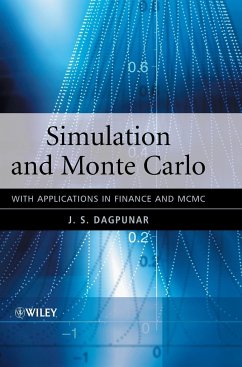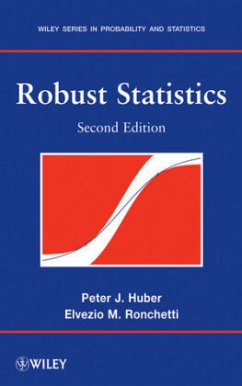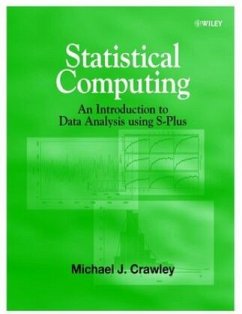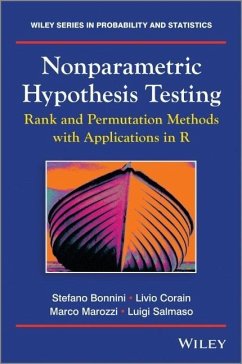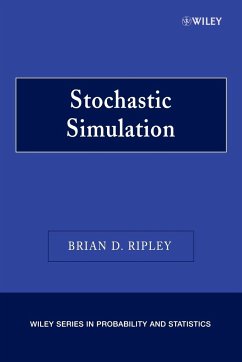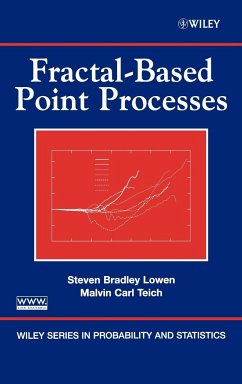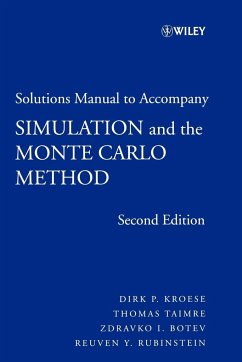
Simulation and Monte Carlo
With Applications in Finance and MCMC
Versandkostenfrei!
Versandfertig in über 4 Wochen
71,99 €
inkl. MwSt.
Weitere Ausgaben:

PAYBACK Punkte
36 °P sammeln!
Simulation and Monte Carlo methods are increasingly becoming more important to many areas of application, particularly finance. There is a real need for a textbook that covers all aspects of simulation, and includes recent applications, such as the pricing of financial derivates and MCMC. This book provides a lucid and comprehensive introduction to simulation methods, and features examples and applications using Maple. Maple is widely used at undergraduate mathematics level in the UK, US and Europe. It is readily available to students, researchers and practitioners, and the code is easily transferrable into other languages. The inclusion of Maple code is an appealing feature, as it enables the reader to apply the methods to their own work, and learn the theory using a hands-on approach. The book will be supported by a Website featuring all the Maple code and additional teaching material.
Simulation and Monte Carlo is aimed at students studying for degrees in Mathematics, Statistics, Financial Mathematics, Operational Research, Computer Science, and allied subjects, who wish an up-to-date account of the theory and practice of Simulation. Its distinguishing features are in-depth accounts of the theory of Simulation, including the important topic of variance reduction techniques, together with illustrative applications in Financial Mathematics, Markov chain Monte Carlo, and Discrete Event Simulation.
Each chapter contains a good selection of exercises and solutions with an accompanying appendix comprising a Maple worksheet containing simulation procedures. The worksheets can also be downloaded from the web site supporting the book. This encourages readers to adopt a hands-on approach in the effective design of simulation experiments.
Arising from a course taught at Edinburgh University over several years, the book will also appeal to practitioners working in the finance industry, statistics and operations research.
Each chapter contains a good selection of exercises and solutions with an accompanying appendix comprising a Maple worksheet containing simulation procedures. The worksheets can also be downloaded from the web site supporting the book. This encourages readers to adopt a hands-on approach in the effective design of simulation experiments.
Arising from a course taught at Edinburgh University over several years, the book will also appeal to practitioners working in the finance industry, statistics and operations research.



